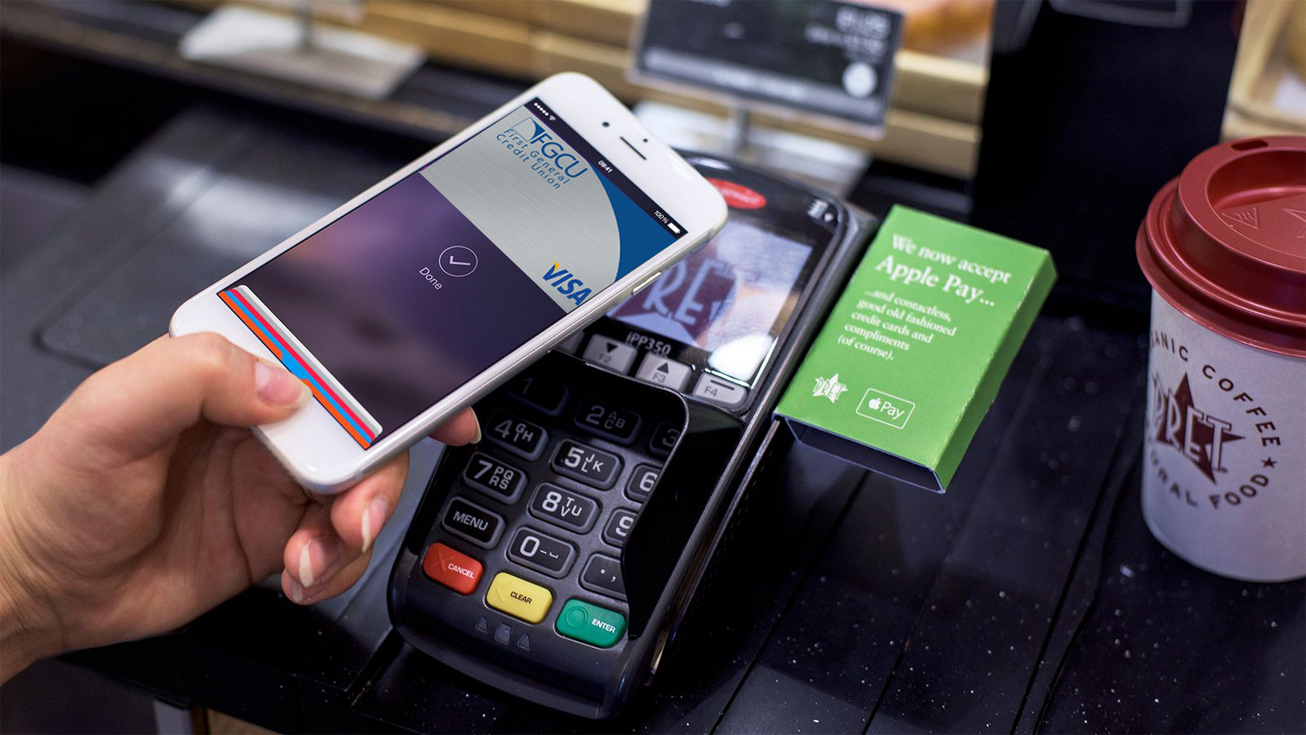Hi, I’m Adil Wali. I became a Microsoft certified professional at age 14 and started my first web development company. That led to a career as a serial entrepreneur, advisor, and startup investor. I got my first “real job” at 33, and I’m now a FinTech executive with a passion for the markets.

I first read about Net Promoter Score on Eric Ries’s blog almost a year ago. I found the concept to be really compelling. In recent conversations with lots of budding entrepreneurs, I have realized that not everyone is really familiar with NPS. So I thought a quick overview could be helpful.
What it is and how it came about
Net Promoter Score is a system of measuring customer loyalty that was introduced by Fred Reichheld in a 2003 Harvard Business Review article, “The One Number You Need to Grow” and further elaborated upon in his book titled, The Ultimate Question: Driving Good Profits and True Growth.
Reichheld’s assertion (and that of those who are believers in the concept) is that the most important measure of customer satisfaction boils down to the answer to just one question, presented to customers on a scale of 0 to 10, with 10 being most likely:
“How likely is it that you would recommend our company to a friend or colleague?”
Reichheld categorizes responses to that question as follows:
- Promoters are those who respond with a rating of 9 or 10.
- Passives are those responding with a rating of 7 or 8.
- Detractors are those who answer 0-6.
Determining the Net Promoter Score
The Net Promoter Score is obtained by taking the percentage of Promoters and subtracting the percentage of Detractors. The passives are ignored. Here’s an illustration:

Possible NPS results fall in a range from -100 to +100. A score of 75% or above is considered quite high.
Who’s using NPS?
A number of Fortune 100 companies (and others) have adopted NPS as a valid metric for gauging customer satisfaction, including GE, Procter and Gamble, American Express,Intuit, etc. Some may even use NPS results as a basis for executive bonuses.
Of course there is a lot more to NPS than just asking the question and calculating a score. For one thing, companies are encouraged to ask customers why they answered the way they did and follow-up actions may be taken to improve customer satisfaction and positive brand perception.
Many NPS adopters feel Net Promoter has helped boost their revenues over time. Charles Schwab Corporation has made NPS an integral part of its focus on direct customer feedback, which they credit with turning around the company as discussed in this video:
But maybe it’s not for everyone
On the surface, NPS looks like a very simple way to measure customer satisfaction. As you might expect, not everyone agrees with the specific question that NPS asks, or the specific formula used to calculate the score. Some statisticians and market researchers think it may be over simplified. But that doesn’t mean NPS doesn’t have a place of its own – especially if it’s modified to fit a company’s specific needs and comfort level.
Some issues I can see right away are:
- Rating differences based on culture and experiences – For some, giving a 7 or 8 rating may seem quite positive. However, their ratings aren’t included in the calculation.
- Respondent’s inability to make a recommendation – Some responders may not have the authority to recommend the company to others and may choose a lower rating than they otherwise might.
- Statistical arguments – You could probably get yourself into a long-winded debate on whether a score of 6 should actually be included with the Detractor group, since it is above the median. And again, a rating of 7 or 8 may be considered quite positive, yet isn’t included in the score at all.
- Scoring differences due to timing – The customer’s ability to provide an accurate rating may diminish with the length of time that’s elapsed since the customer engaged with the company.
Of course, that list is just the beginning of some of the issues that could arise and is not all inclusive. Some arguments have been made too that NPS does not measure anything different than other conventional loyalty-related questions.
Conclusion
I think the thinking behind something like NPS is very compelling. That said, I am not a statistician or an expert in data-driven research methods. There may be other questions (or groups of questions) that can perform better than NPS does.
Whatever framework you choose to use, what is important is that you are capturing some method of actionable feedback and doing so on a regular basis. This is important whether you are a startup or a Fortune 1000 company. You have to be connected to your customer and ensure that the new ideas/features/products you deliver are actually driving happiness among your user/customer community.






